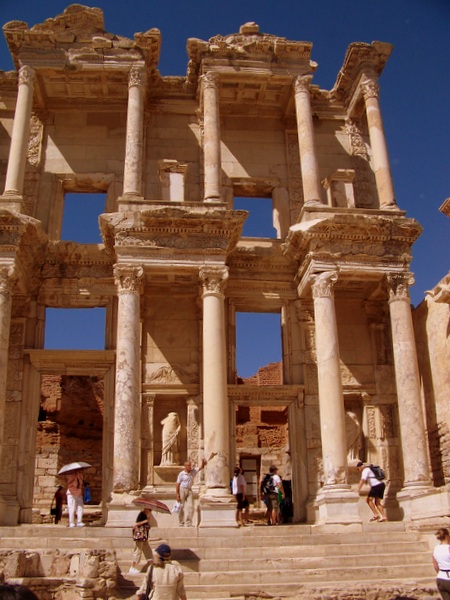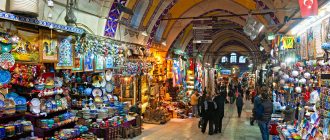Going on holiday to Ephesus? Want to know where, when and what to do in Ephesus? Read on
Visiting Ephesus
Ephesus is a popular tourist destination in Western Turkey near the Aegean Sea. Because of its strategic position as a gate to the Eastern World, Ephesus grew to be the second largest city in the Roman Empire and one of the seven wonders of the ancient world. Ephesus is located 3km from the Turkish town of Selcuk. Ephesus is probably the best preserved Roman Mediterranean city in Turkey. In order to see everything Ephesus has to offer you should allow a complete day, although half a day may be sufficient for a brief visit.
The Roman ruins of Ephesus
Ephesus is a vast excavation of an old Roman town and can be walked through as it was in Roman times. Upon entering the Ephesus ruins you will see Arcadia way named after a Byzantine emperor. The paved roads of Ephesus boast their original street lighting and sewers under the paving. The great theatre of Ephesus is still intact and can seat up to 20,000 people. The Ephesus theatre is still used on occasions today. On the side of the walkways that run through Ephesus one can still see the places where the road side shops would have been. Some of the buildings in Ephesus still have their original mosaics and fountains that have been recovered through excavation. The public toilets are still visible and can be seen as they would have function during roman times. The Temple of Hadrian at Ephesus features the head of the Roman goddess Medusa supposed to ward off evil spirits. Up on the hill of Ephesus one can see the ancient temple of Hestia where the eternal flame was kept. The museum of inscriptions at Ephesus displays several old pre-Turkish documents and inscriptions recovered from Ephesus.
The cave of the Seven sleepers
Close to the main Ephesus site is an old Byzantine cave believed to be the one mentioned in the Quran. According to the story, this is the place where seven Christians took refuge from the Emperor of the day. The cave was sealed up by the emperor while the seven Christians were inside. Two hundred years later an earthquake broke the seal of the Cave and the Christians woke up. It was only when they walked into town that they realized they had been asleep for two hundred years and the town had now converted to Christianity.





